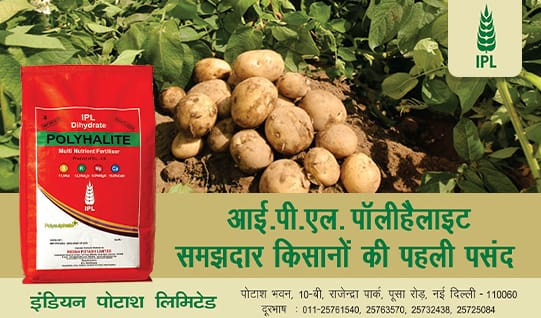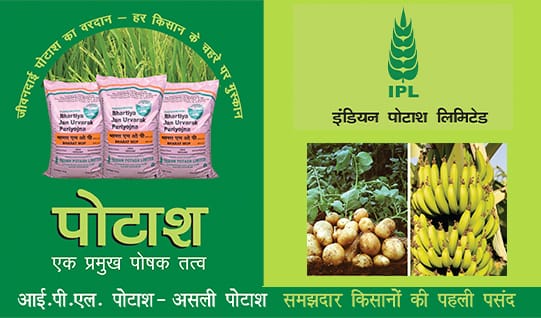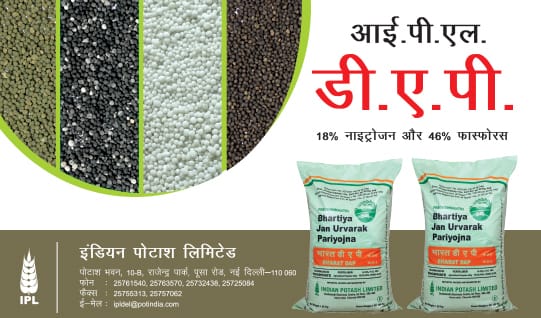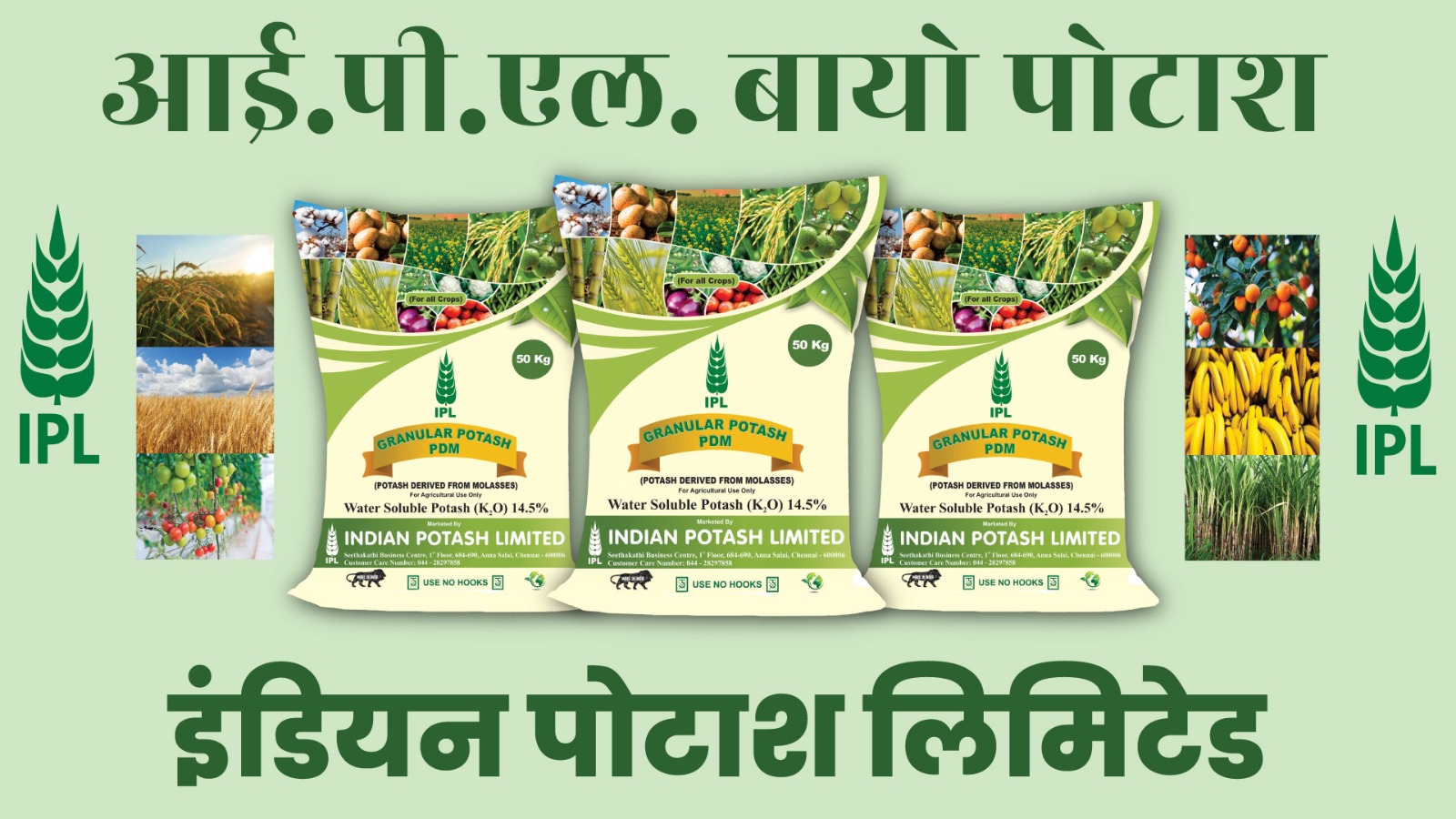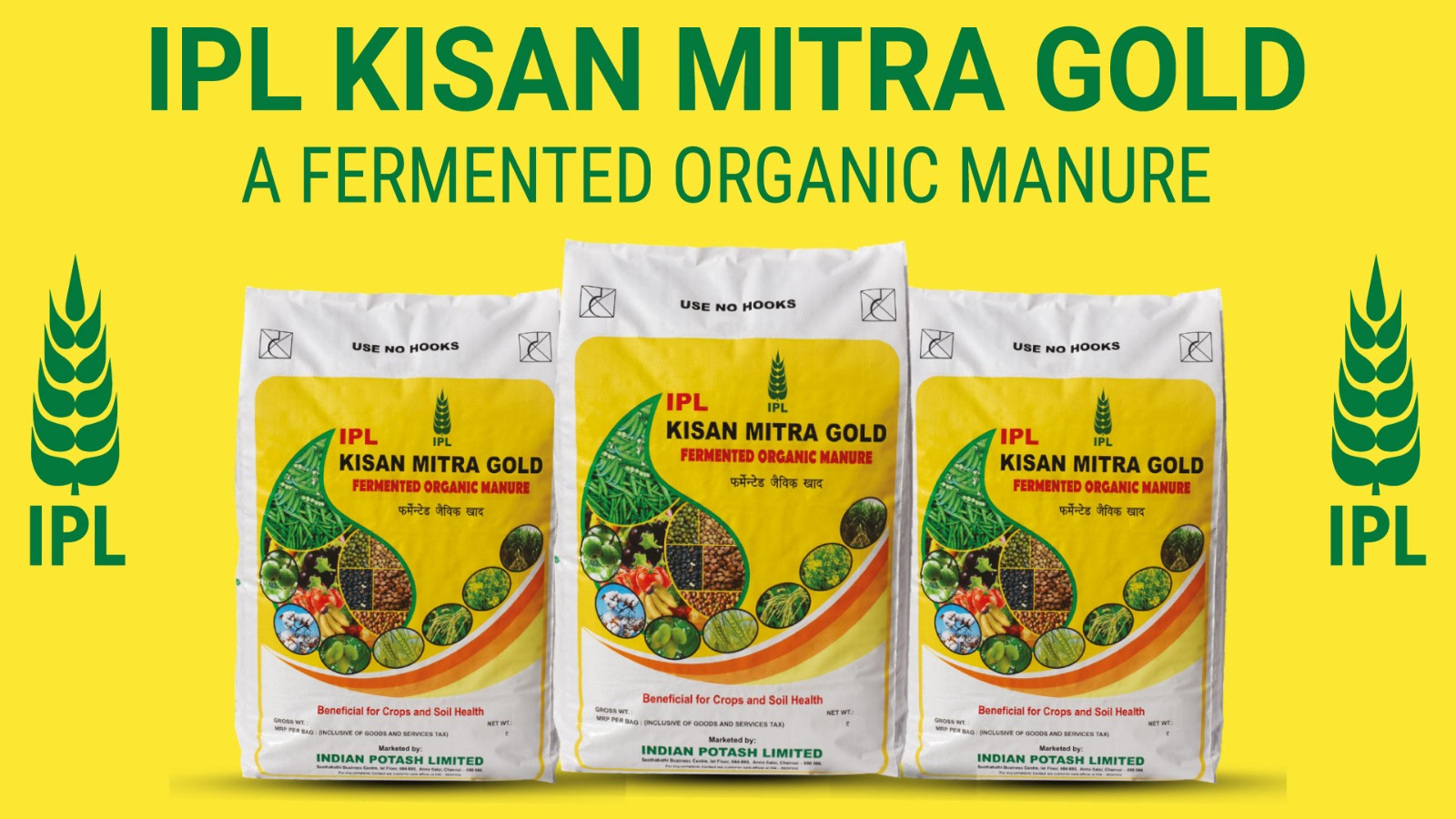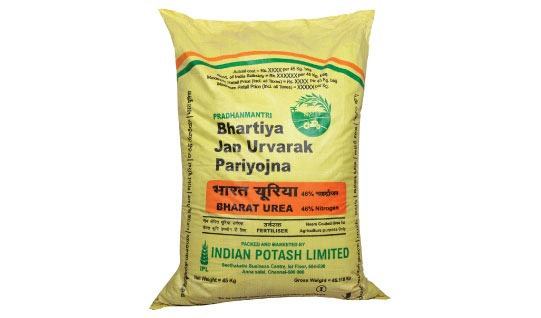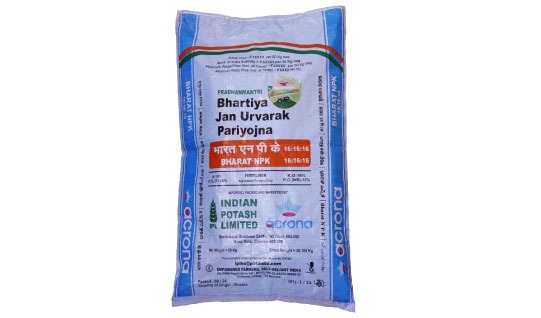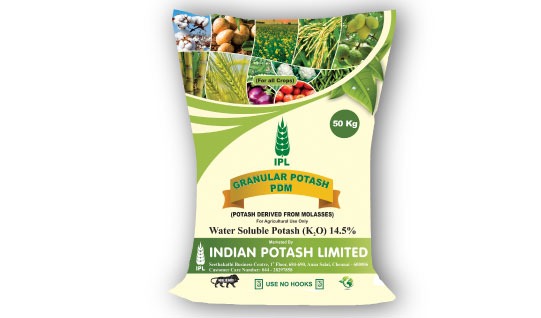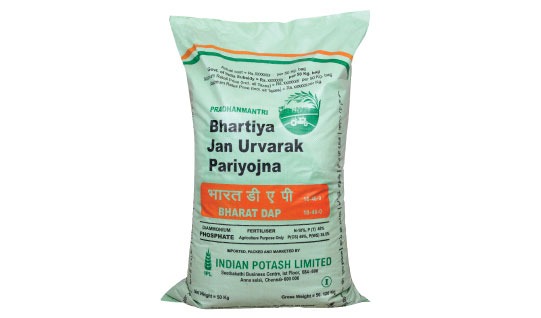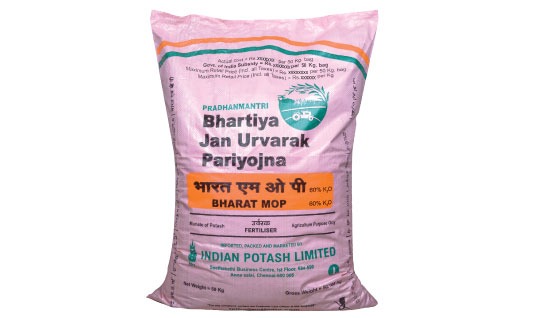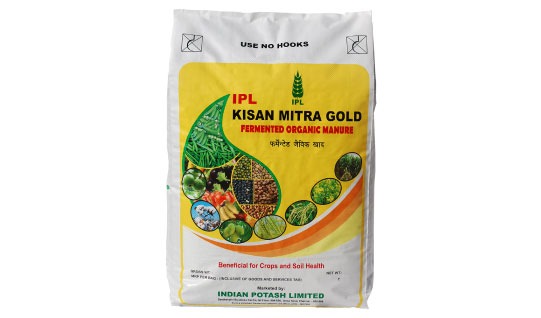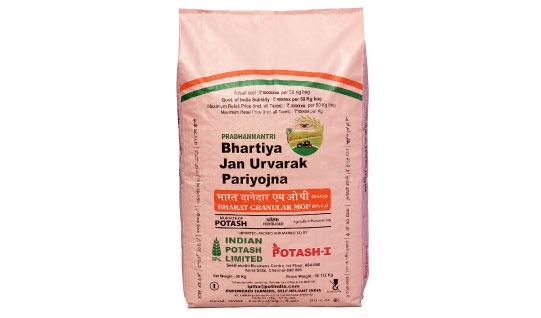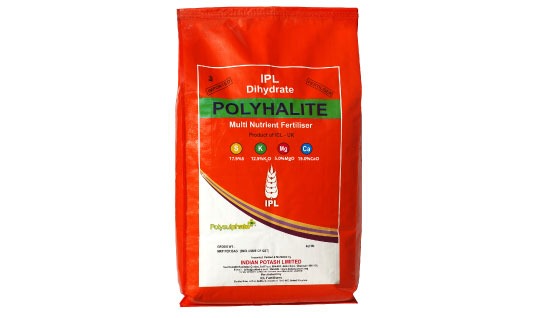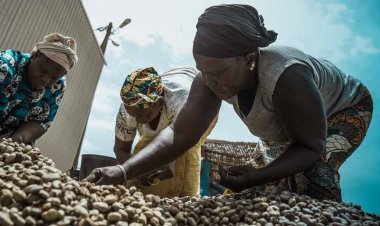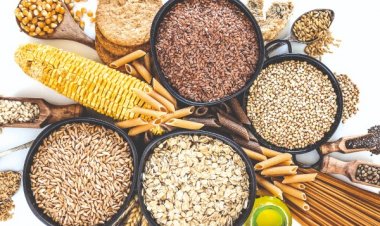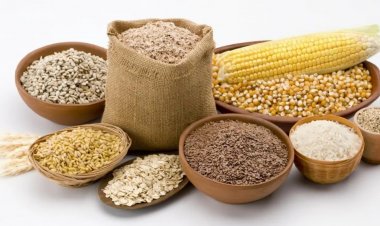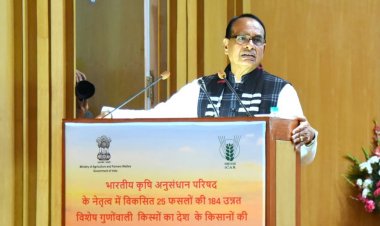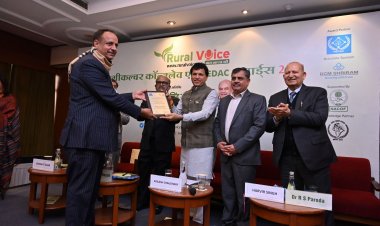NITI Aayog Proposes Tariff Cuts on Non-Sensitive US Agri Imports, Push for Export Gains
The working paper, authored by NITI Aayog Member Ramesh Chand and Senior Adviser Raka Saxena, comes at a critical juncture as India and the United States are actively negotiating a bilateral trade agreement, and a US trade team conducted meetings in India.

India’s premier policy think tank, NITI Aayog, has proposed that India should consider to selectively reduce high tariffs on non-sensitive imports and negotiate non-tariff safeguards on vulnerable segments such as poultry. It suggests that India can also strategically offer concessions in areas where domestic supply gaps exist, such as edible oils and nuts.
To support informed trade decisions, NITI Aayog has recommended the creation of an Agri Trade Intelligence Cell to monitor global supply trends, import surges, and price volatility.
Outlined in a working paper titled Promoting India-US Agricultural Trade Under the New US Trade Regime, the proposed dual-track strategy aims to balance short-term trade concessions with medium-term structural reforms, enhancing the competitiveness of India’s farm sector while safeguarding domestic interests.
Authored by NITI Aayog Member Ramesh Chand and Senior Adviser Raka Saxena, the paper comes at a critical juncture, as India and the United States actively negotiate a Bilateral Trade Agreement (BTA). A US trade delegation visited India between June 4–10 for face-to-face discussions, which are now continuing virtually.
"Indian producers already enjoy supply advantages in commodities like rice and pepper. High tariffs on such products by India, which are regularly exported by the country, can be easily lowered or even removed in the bilateral trade accord. Such tariffs are not relevant for trade with countries like the US,” the paper said.
In the short term, NITI Aayog recommends lowering tariffs on non-sensitive US agricultural imports such as apples, almonds, pistachios, and soybean oil, particularly where imports do not compete directly with domestic production due to differing quality grades or seasonal availability.
“For example, US apples sell at a premium price in Indian retail markets due to different quality, long shelf life, and off-season availability,” the paper notes.
Similarly, duty concessions on US soybean oil could help address India’s edible oil deficit without affecting domestic producers. India is the world’s largest importer of edible oil, while the US has a large surplus of soybean, which is genetically modified (GM).
“We should also explore the option of importing soybean seed and using it for extracting oil in the coastal areas, then selling the oil in the domestic market and exporting the meal, for which there is adequate overseas demand. This will avoid genetically modified (GM) feed entering the Indian market,” the authors argue.
Likewise, importing US Corn for ethanol blending is proposed, with its by-products—such as Distiller’s Dried Grains with Solubles (DDGS)—fully exported to avoid GM feed in the country. US corn, being cheaper, can support India’s biofuel targets without disrupting local food and feed markets.
Safeguards
In the working paper, NITI Aayog emphasized that Indian agricultural sector requires safeguards to ensure price stability for both producers and consumers amid excessive volatility in international markets.“India must pursue a pragmatic mix of tariff adjustments, strategic import liberalization, and long-term competitiveness to safeguard its farm sector while preserving strong trade ties with the United States,” the paper noted.
Exports
On the export front, the paper suggests that India should negotiate greater US market access for high-performing products such as shrimp, fish, spices, rice, tea, coffee, and rubber—through duty waivers or tariff rate quotas (TRQs). India currently earns about $5.75 billion annually from agricultural exports to the US Expanding this through duty waivers or TRQs should be part of trade talks.
Structural Reforms
In the medium term, the paper emphasizes the need for structural reforms to improve the global competitiveness of Indian farm sector.. Key recommendations include the adoption of appropriate technologies, implementation of market reforms, encouragement of private sector participation, improvement of logistics, and development of robust value chains.
India–US Agricultural Trade
The composition of agricultural trade between India and the US revealed that both countries are diversifying their export portfolios.
India maintains a trade surplus with the US in agriculture, exporting around $5.75 billion worth of products annually. Key exports include frozen shrimp, basmati rice, and spices, along with growing shipments of processed cereals and value-added goods.
Conversely, US agricultural exports to India, valued at about $2 billion in 2024, primarily consist of high-value items like almonds, pistachios, walnuts, and alcoholic beverages.
While advocating expanded access for Indian exports, the paper reiterates its caution against liberalizing imports in sensitive sectors like dairy and poultry, given their broad social and economic implications.
The ongoing bilateral talks are expected to lay the groundwork for the first phase of a potential BTA by fall 2025. As both countries seek to diversify their agricultural trade portfolios, the stakes are high for a balanced and mutually beneficial agreement.



 Join the RuralVoice whatsapp group
Join the RuralVoice whatsapp group
